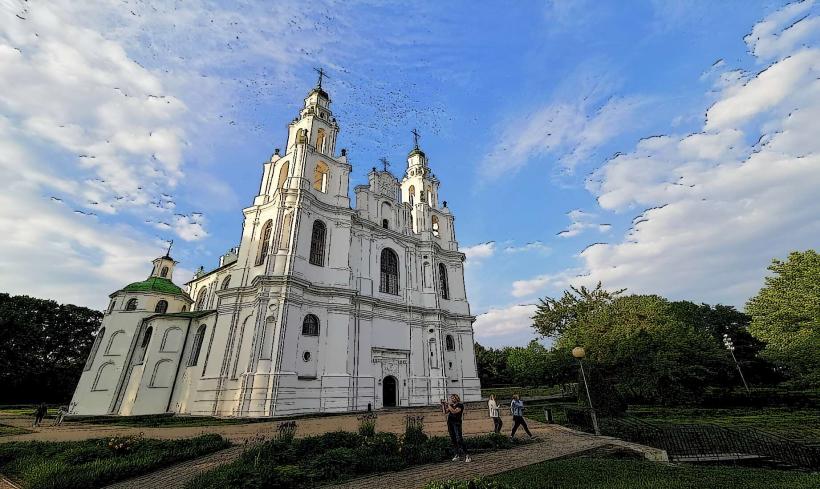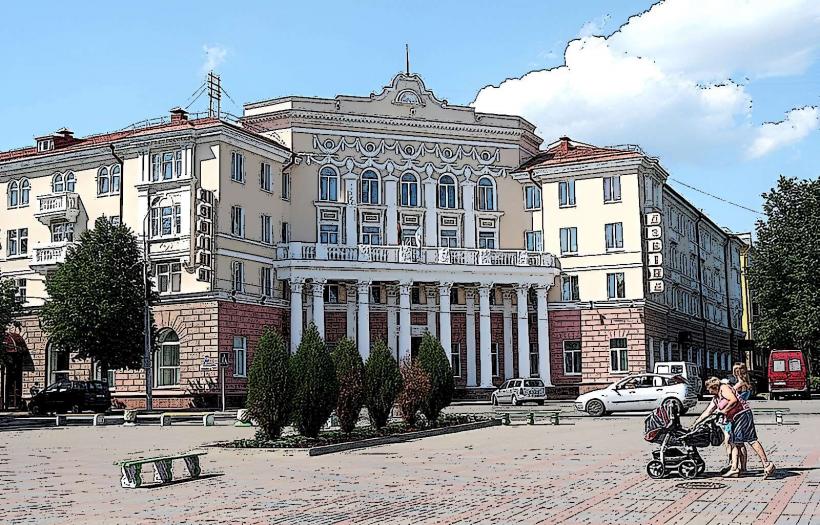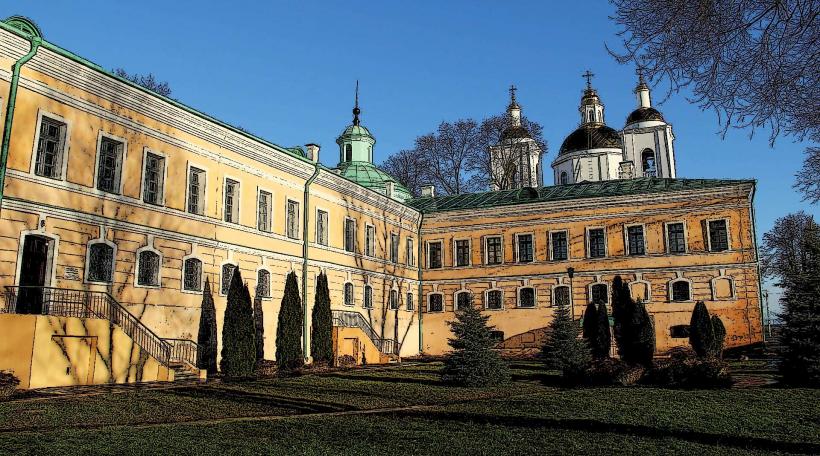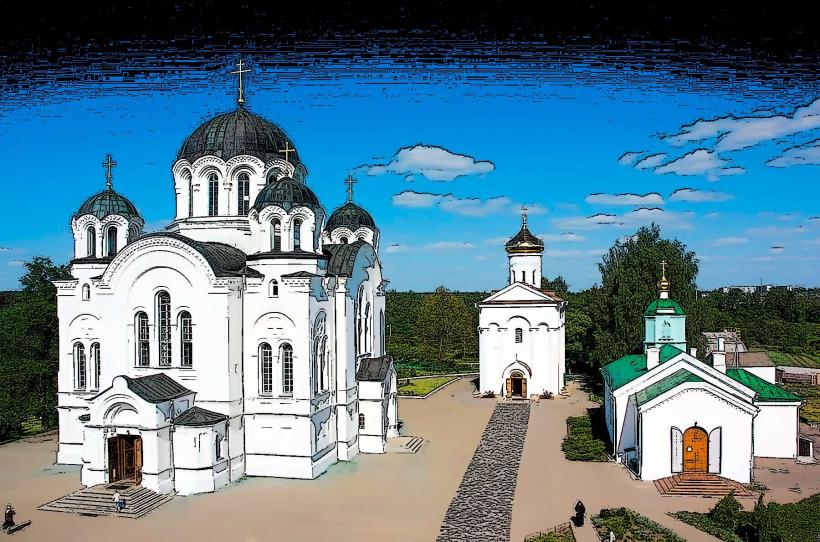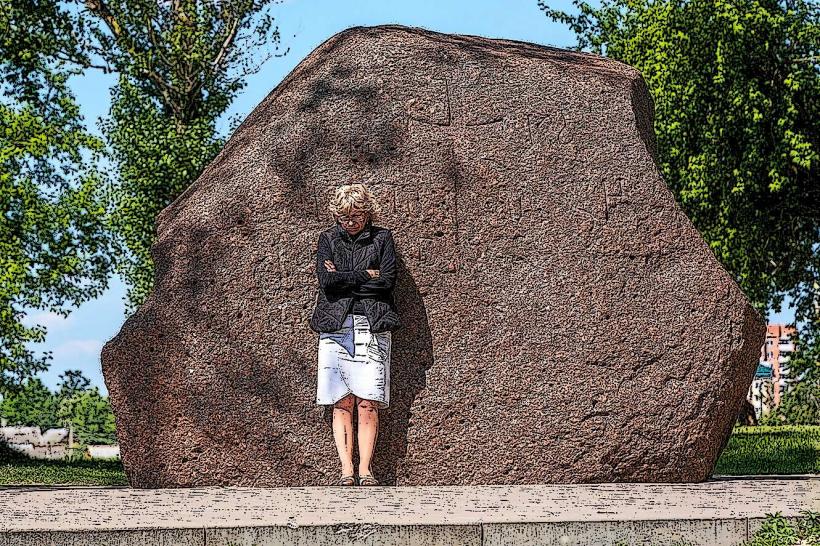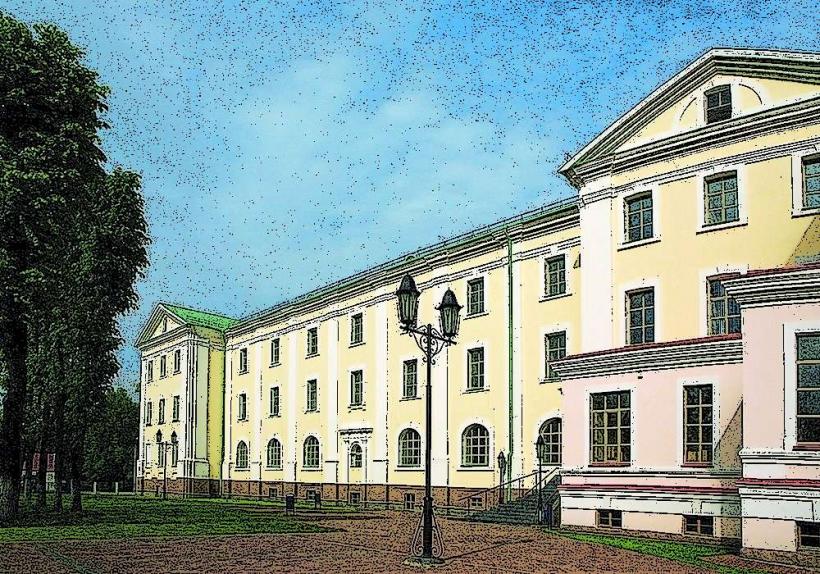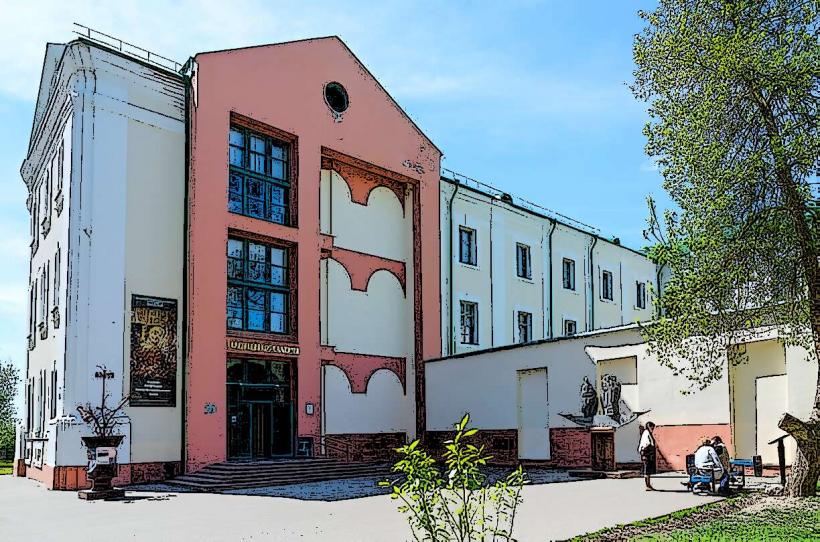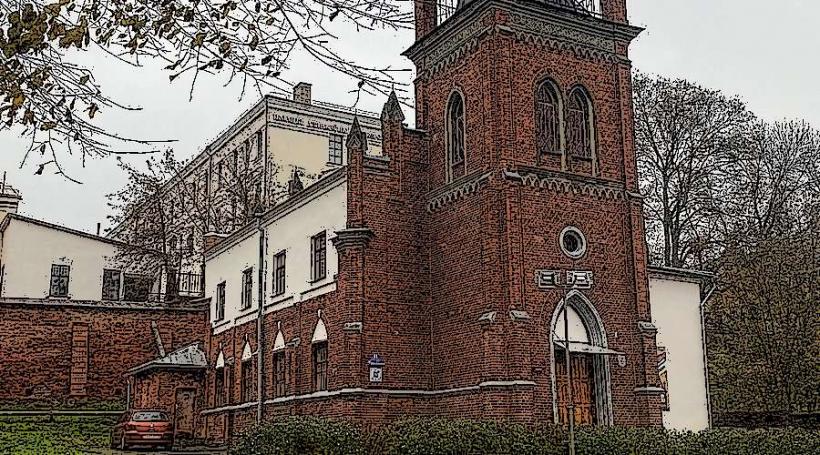Information
Landmark: Monument to Simeon of PolotskCity: Polotsk
Country: Belarus
Continent: Europe
The Monument to Simeon of Polotsk is an important cultural and historical landmark located in Polotsk, Belarus. This monument honors the legacy of Simeon of Polotsk, one of the most significant figures in the religious and intellectual history of Belarus. Simeon, a 17th-century Orthodox Christian monk, theologian, writer, and scholar, made substantial contributions to the cultural and religious development of Belarus and the broader East Slavic world.
1. Who Was Simeon of Polotsk?
Simeon of Polotsk (also known as Simeon Polotsky) was born in Polotsk around 1629. He became one of the leading cultural and religious figures in the Grand Duchy of Lithuania, which included present-day Belarus. Simeon was a member of the Orthodox Church, and his work as a theologian, writer, and literary figure helped shape the Orthodox Christian tradition in Belarus.
Religious and Educational Contributions: Simeon of Polotsk is remembered for his efforts to reform and strengthen Orthodox Christianity in the region. He was an advocate for religious education and worked to promote literacy and theological scholarship. His writings played a key role in the development of the Church's liturgical texts in the region and the spread of education within the Orthodox community.
Literary Work: Simeon was also known for his literary works, which were written in Church Slavonic and often focused on religious themes. He contributed significantly to the development of Eastern Slavic literature, and his works were studied for their theological depth and eloquence. Simeon’s writings include sermons, hymns, and spiritual treatises that continue to be influential in the study of Eastern Orthodox theology.
Political Role: Aside from his religious and literary contributions, Simeon also held administrative positions within the Orthodox Church and was involved in church politics, which helped solidify his influence during the 16th and 17th centuries.
2. The Monument to Simeon of Polotsk:
The Monument to Simeon of Polotsk was erected to commemorate his remarkable contributions to religious thought, literature, and education. It is located in Polotsk, the city of his birth, which was a significant cultural and intellectual hub in the Grand Duchy of Lithuania during his lifetime.
Design and Features:
Sculptural Representation: The monument typically features a bronze statue of Simeon of Polotsk in a thoughtful or meditative pose, often holding a book or writing instrument to symbolize his intellectual and literary legacy. The statue portrays him as a wise, dignified figure, reflecting the respect and reverence with which he is held in Belarusian history.
Location: The monument is strategically placed in a prominent location in Polotsk, a city rich with religious and historical significance. Polotsk is known for its churches, monasteries, and intellectual heritage, which makes it an appropriate setting for a memorial to Simeon.
Inscriptions: The base of the monument may feature inscriptions with quotes from Simeon’s writings or references to his contributions to religious education and literature. These inscriptions emphasize his role as a key figure in the development of Orthodox Christian thought in Belarus.
Symbolic Importance:
The Monument to Simeon of Polotsk stands as a tribute to the legacy of learning, spirituality, and cultural growth that Simeon promoted throughout his life. It symbolizes the connection between the religious history of Belarus and its literary and educational traditions. The monument also serves as a reminder of the significant role Polotsk played in the cultural and intellectual history of Eastern Europe.
3. Cultural and National Significance:
Recognition of Belarusian Heritage: The monument reflects the deep respect that the people of Belarus have for their religious and intellectual past. Simeon of Polotsk’s work helped shape not only Belarusian but also East Slavic culture and thought, and his contributions are central to the cultural identity of Belarus.
Tourist Attraction: The monument attracts visitors, including those with an interest in Belarusian history, Orthodox theology, and Slavic literature. It serves as an educational tool, helping to spread awareness about Simeon’s profound influence on the development of religious and cultural life in the region.
Religious Significance: For Orthodox Christians, the monument also holds spiritual importance. It serves as a place of remembrance and inspiration, paying homage to a figure who dedicated his life to deepening the understanding of faith and knowledge in the Orthodox Christian tradition.
4. Simeon of Polotsk's Influence in Modern Belarus:
In contemporary Belarus, Simeon of Polotsk is celebrated not only as a religious figure but also as a national hero whose work transcended religious boundaries and contributed to the intellectual heritage of the country. The Monument to Simeon of Polotsk serves as a reminder of his enduring legacy in Belarusian history, particularly in the context of its rich religious, literary, and intellectual traditions.
Inspiration for Belarusian Culture: The figure of Simeon continues to inspire modern Belarusian writers, theologians, and scholars. His role in shaping the Orthodox and literary traditions of Belarus remains a key part of the country's historical narrative.
Educational Outreach: The monument also acts as an educational resource, helping to highlight the importance of literature and theology in shaping the cultural and spiritual life of Belarus. Simeon’s impact on the intellectual and spiritual development of the region makes him an important figure for study and reflection.
Conclusion:
The Monument to Simeon of Polotsk in Polotsk is a poignant tribute to a man whose influence on the religious, cultural, and intellectual life of Belarus has endured for centuries. Simeon’s work as a theologian, writer, and educator laid the foundation for the development of Orthodoxy and literature in the region, and his contributions continue to be celebrated by Belarusians today. The monument serves as both a historical reminder and a symbol of the country’s rich cultural heritage.

